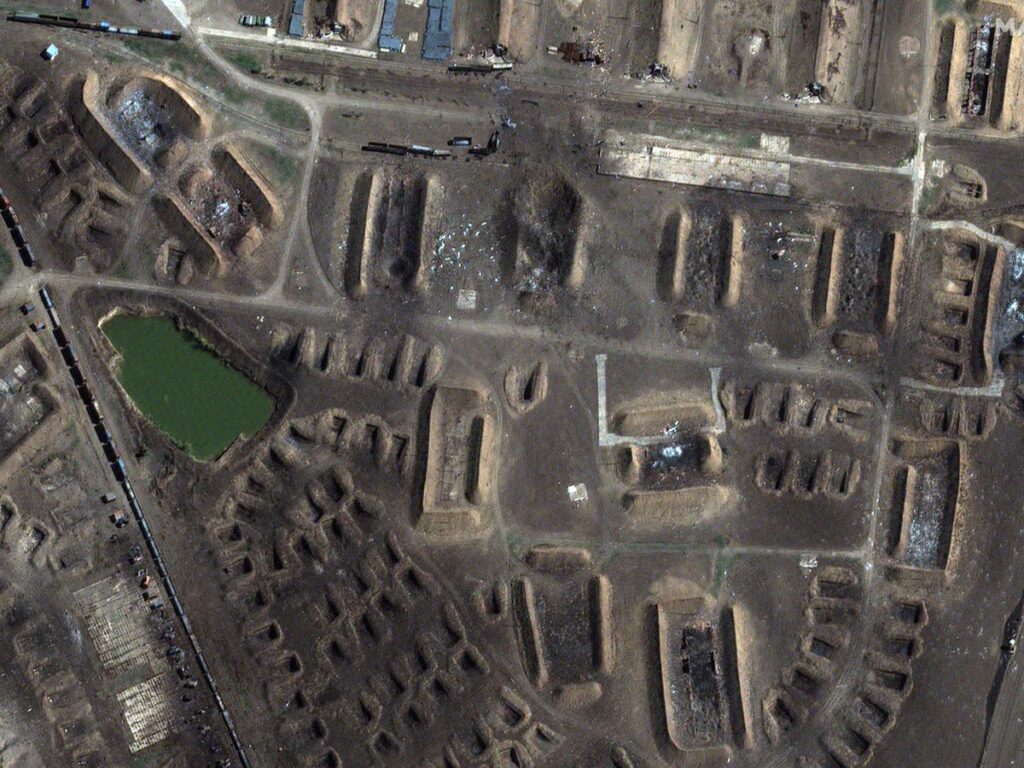-
Ukrainian officials said their forces have reduced Russia’s artillery advantage on the battlefield.
-
Military experts say this is partly due to Ukraine’s long-range attacks on Russian ammunition depots.
-
Ukraine attacked three ammunition depots in Russia last month, causing significant damage.
Ukraine is shrinking Russia’s artillery advantage on the battlefield, and recent attacks on ammunition depots have likely accelerated that.
Ukrainian Deputy Defense Minister Ivan Havryliuk told Ukrainian television last week that Russian forces were now firing three times as many shells as Ukraine in early October, compared to eight times as many last winter, according to the Defense Ministry. Army Inform Exit.
This came less than a month after Ukrainian President Volodymyr Zelensky said this CNN that the Russian artillery advantage around Pokrovsk, a city in eastern Ukraine, had fallen from 12 to 1 to 2.5 to 1 after the start of Ukraine’s surprise raid on Kursk in August.
According to military experts, these developments are likely partly due to those of Ukraine recent long-range attacks about Russian ammunition depots.
“The recent attacks are likely to have destroyed a significant amount of munitions and may also have damaged the logistics systems used to support troop groups,” said John Hardie, deputy director of the Russia program at the Foundation for Defense of Democracies.
Slide bombs, ballistic missiles and artillery shells were stored at the targeted locations. However, Hardie said it is impossible to say for sure how much or even exactly what was destroyed in those attacks, making it difficult to say definitively how much ammunition was lost.
Take out the ammo
Ukraine damaged several rear Russian ammunition depots using long-range weapons in a series of long-range attacks that began last month.
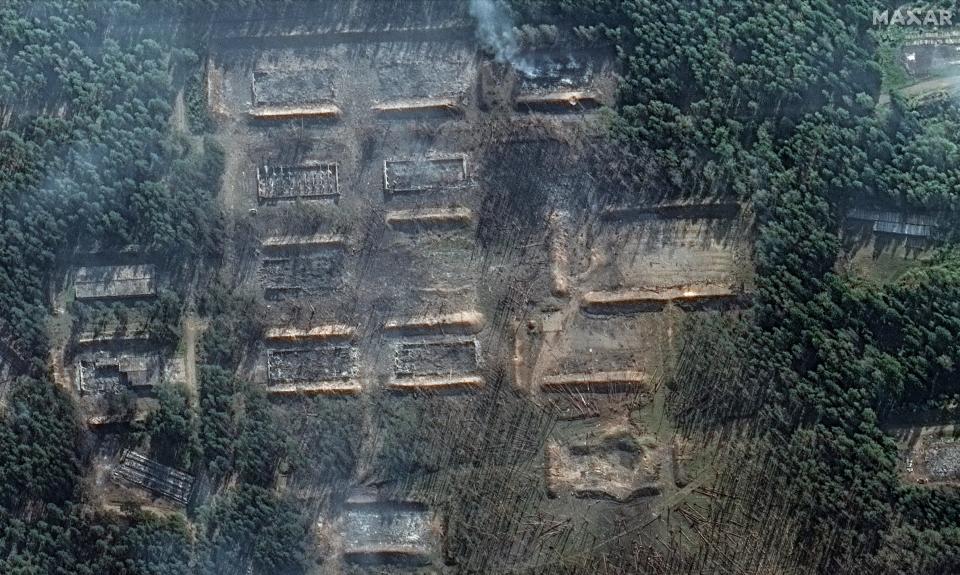

One took place at night on September 17 and targeted a branch in Toropets in Russia’s western Tver region with long-range drones.
A source in the Security service from Ukraine told BI at the time that a large warehouse in Toropets where Russian ammunition and ballistic missiles, including Iskanders, were stored was “literally wiped off the face of the earth” during the attack.
A few days later, on September 21, the Ukrainian military said so hit another arsenal in the Tver region – this one in Oktyabrsky.
It also said it was targeting a depot nearby Tichoretska city in the southern Krasnodar Krai region, describing the location as one of Russia’s largest ammunition storage facilities.
Meanwhile, Ukraine said on Thursday it was a trophy military airfield and an ammunition warehouse in the southwestern Republic of Adygea, causing “fire damage” to the airfield, a base for Su-34 and Su-27 fighter jets.
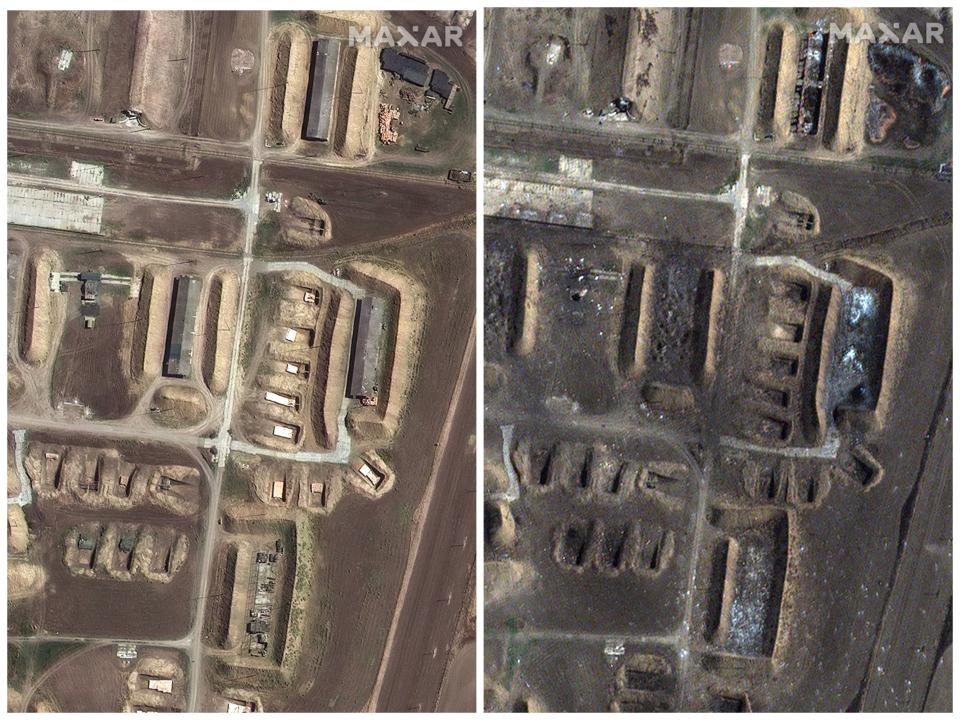

Although the damage is “very significant”, Emil Kastehelmi, a Finnish military analyst at the analysis firm Black Bird Group, said it is difficult to estimate the impact of the depot attacks because we do not know “exactly” which munitions and how many exploded.
The number of locations destroyed can be counted, he said, but it is “almost impossible” to say how much ammunition is stored in each location.
Hardie said that if Ukraine’s claims about the Toropets warehouse of Iskander ballistic missiles are true, and that a large number of them would be destroyed, this would in the short term reduce Russia’s ability to attack high-value targets such as critical infrastructure and air defense systems to attack.
The Iskander is a ballistic missile that can strike targets within a 300-mile radius with a warhead weighing about 1,000 pounds. estimates that Russia can produce thirty per month.
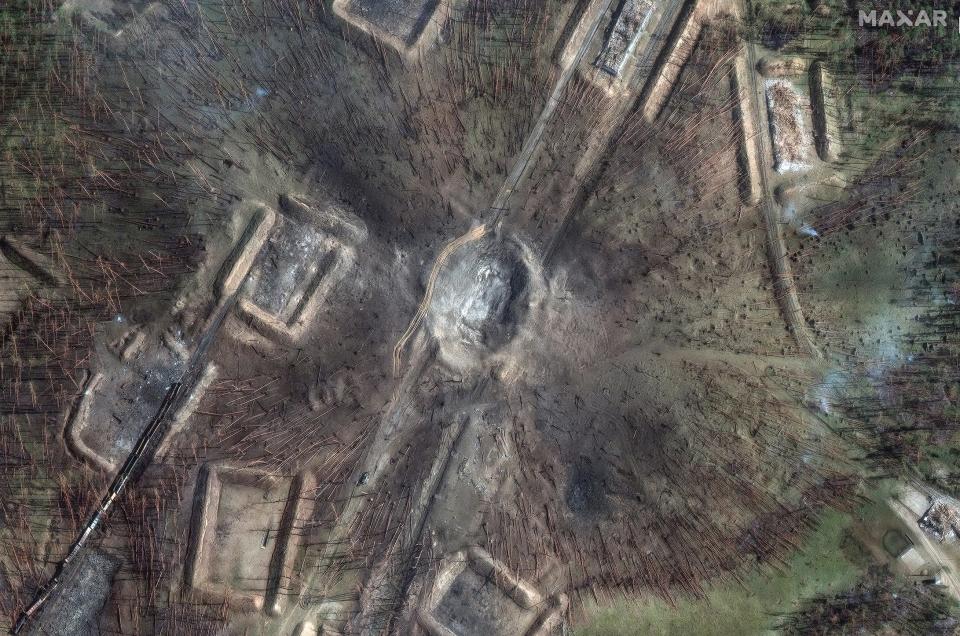

Looking at the ammunition depot in Tikhoretsk, he said the impact would depend on exactly how much ammunition was there at the time. The impact was likely “temporary,” he said, but it could have reduced Russian capabilities for a period of “days or weeks.”
In the long run, deep into Russia
To carry out these long-range attacks within Russia, Ukraine has relied heavily on the limited supplies of long-range drones and missiles that the country produces. ruled out from using its arsenal of Western-supplied long-range missiles such as ATACMS go after targets in Russia.
Last month Zelenskyy said CNN lifting those restrictions was an “important” part of the victory plan, and last week he was too said the country had successfully tested its jet-propelled long-range drone “Palianytsia”.
According to Hardie, Ukraine could “seriously” undermine Russia’s offensive potential if the country can “consistently” repeat last month’s attacks.
He said the threat of such attacks could lead Russia to disperse its weapons depots and staging areas, making logistics much less efficient.
But he said Ukraine’s ability to do this depends on the rate of production of long-range drones for one-way attacks.
“Many, probably most, drones fired in a salvo are shot down, so you have to launch a lot of them,” he added.
“Destroying these areas would make Ukraine more successful,” said Mark Temnycky, a non-resident fellow at the Atlantic Council’s Eurasia Center, referring to military and paramilitary targets on Russian territory, “since the areas that Russian soldiers directly supply , would be destroyed. “
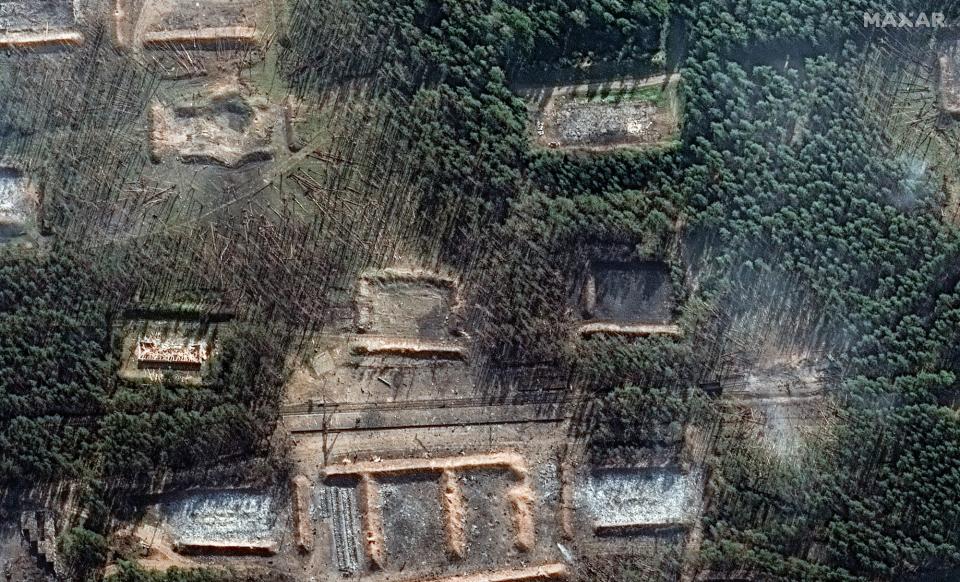

But Kastehelmi said that in the long run, Russia will “most likely” be able to adapt to Ukraine’s long-term attacks.
“The Russians will of course respond and adapt – if they can switch to a safer way of storing ammunition, for example by decentralizing their system, creating a heavy impact will be more difficult,” he said.
And if Ukraine wants to continue these attacks, it will have to produce long-range drones or missiles “relatively efficiently” and “at considerable cost,” he said.
Even then, Russia could potentially increase its air defense capabilities near such locations in a way that could put a dent in Ukraine’s long-range strikes.
“I doubt that the Ukrainians are capable of producing so many long-range missiles or drones that this could turn the tide of the war,” Kastehelmi added.
Read the original article Business insider

